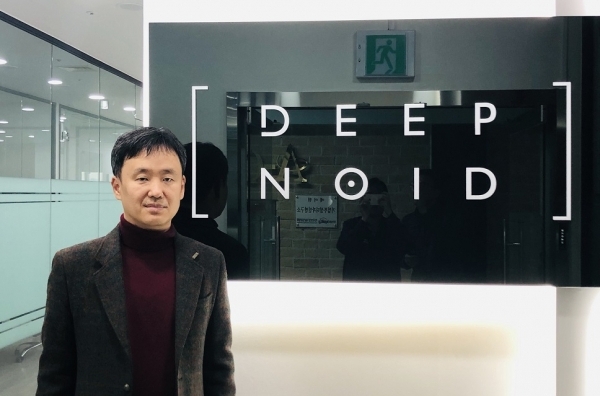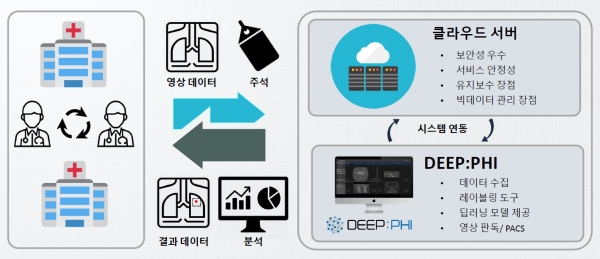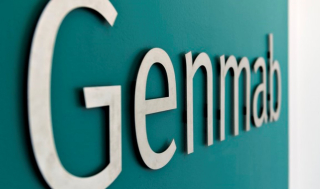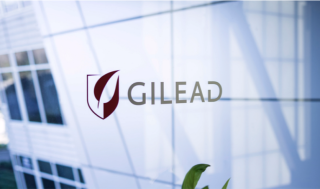기업
DEEPNOID, Expands Participable AI Medical Image Reading Platform
by Jongwon Jang
Development of “DEEP:PHI” based on Deep Learning and Cloud Computing ... Development and Verification of an Algorithm for AI Analysis of Cerebral Aneurysm, Dental Cystoma, and Vertebral Compression Fr

DeepNoid develops the AI medical image reading platform by allowing direct participation of doctors.
President Choi Woo-sik said, “... doctors in clinics want to exploit the vast amount of medical images they have but they encounter difficulties in finding applications capable of reading and in learning from the images...” “.., we decided to take the strategy pertinent to the development of tools capable of fulfilling such unmet needs of doctors ...”.
DeepNoid developed the AI platform “DEEP:PHI” encompassing the deep learning process covering “Securing of Data→Production of Training Data→Deep Learning through Training Data→Model Validation”. For learning AI with training data, the platform focuses on the improvement of accuracy and efficiency in the process of “Production of Training Data” that seriously affects the accuracy of the analysis.
“DEEP:PHI” was designed to produce accurate training data more efficiently by allowing direct participation of doctors in clinics (the producers of medical images) in the pretreatment process of data of medical images.
“DEEP:PHI” was made in a way to be connected to the medical image preservation and transportation system (PACS) in hospitals and to be conveniently used by doctors who are even unfamiliar to the knowledge pertinent to artificial intelligence. For the generation of training data, the labeling works such as expressing sites of lesions of medical images, generated through X-ray, CT, MRI, etc. preserved in each hospital, need to be preceded.
The process of training about medical images by AI can also be set conveniently through the simple setting of pertinent options. The doctors are then supposed to check and appraise results of training and reading of AI. On finding dissatisfactory consequences, the labeling of data can be revised or the options set for training could be modified to raise the reliability of diagnoses.

DeepNoid currently works for the sophistication of algorithms with the accumulation of 2,000 training data of medical images on an average for each disease, and the efforts are currently focused on the development and verification of the algorithm capable of supporting diagnoses of a cerebral aneurysm, dental cystoma, and vertebral compression fracture. President Choi added, “... the AI platform can be employed for the generation, training, and deep learning of data necessarily applicable to disciplines beyond limited applications...”.














![[인사]한미그룹 2026년 정기 임원인사](https://img.etoday.co.kr/crop/77/77/2071974.jpg)



